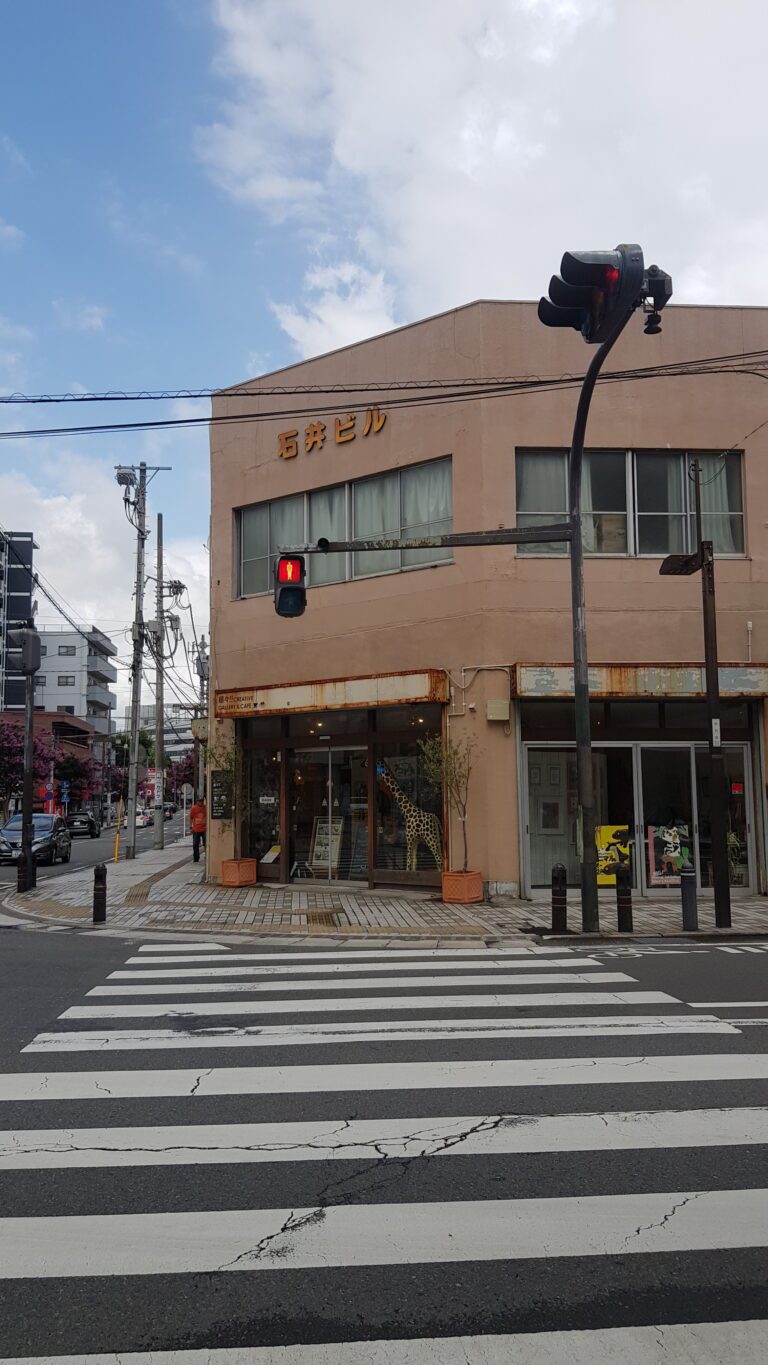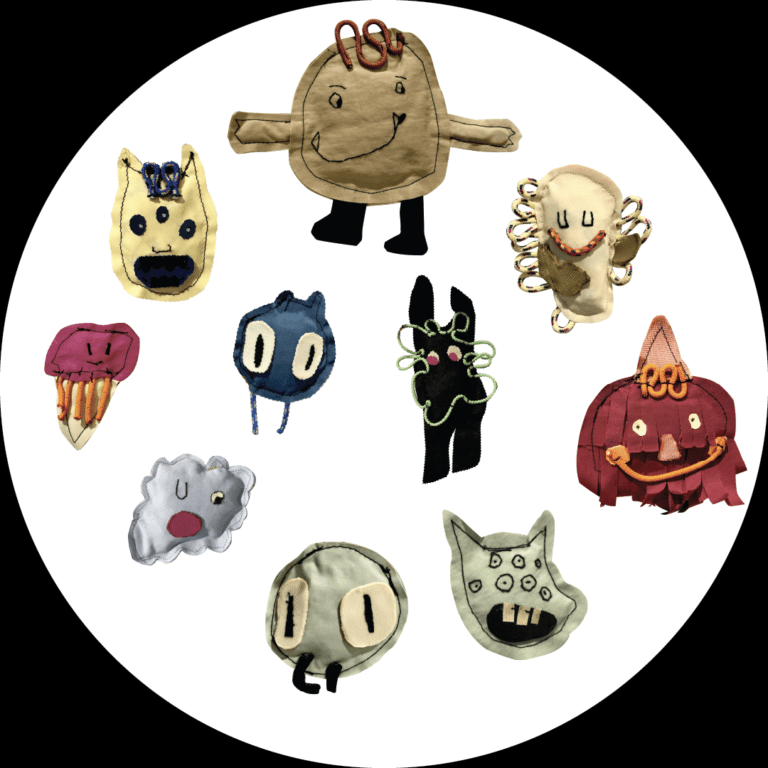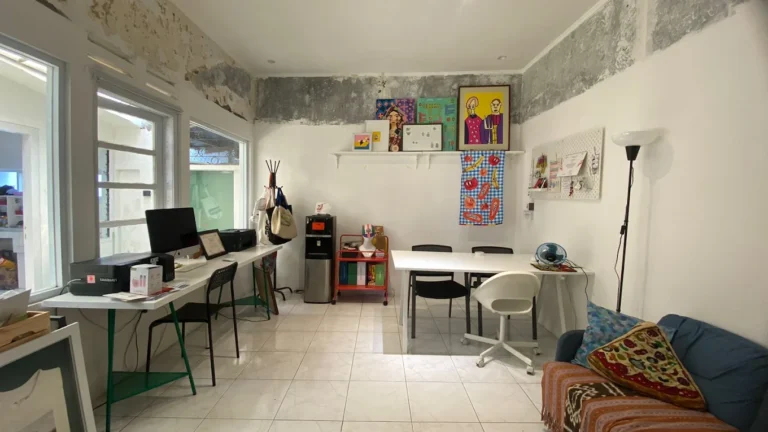Written by Nayla Ramadhanisa
As a student researching communication in social organizations, I had the opportunity to get to know Tab Space more closely, a design studio that also functions as a social enterprise in Bandung. Through direct interviews with the Board of Directors (BOD) of Tab Space, I began to understand that supporting artists with disabilities is not just about providing a space to work, but creating environment of mutual respect, encouraging potential, and growing together.
From my observations, the interactions between the management team, facilitators, and artists with disabilities at Tab Space are built on empathy, openness, equality, and emotional support. They do not position themselves as “superiors” or “mentors”, but rather as colleagues who learn from each other. The relationships formed feel natural and full of trust.
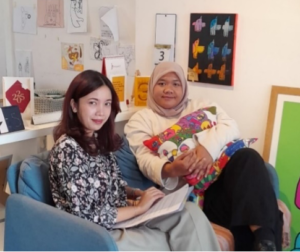
Facilitators at Tab Space play a important role as the bridge between the artists and the creative teams. They accompany the creative process, maintain each artist’s unique style, and ensure that every individual feels valued throughout. This is a tangible form of consistency, which is the main pillar in guiding the process with a clear, sustainable, and structured workflow, while still allowing space for flexibility.
According to Imaniar, Creative Director of Tab Space, regarding the artists, Tab Space implements a single communication channel through the art facilitators. The BOD members also have informal responsibilities to maintain close relationships with the artists families. Since the initial relationship between the artists and Tab Space begins with interaction with the BOD, the BOD automatically becomes close to the artists, but the relationship is continued more intensively through the art facilitators.
Meanwhile, innovation is reflected in how Tab Space translates artworks into products accessible to the public, such as illustrations printed on postcards, books, and other creative media. Their studio is designed to support the comfort and concentration of the artists, with adjustments that allow each individual to feel comfortable and productive.
Rizka R. Safitri, Art & Program Director of Tab Space, stated that merchandise development plays an important role as a soft-selling strategy for the studio. Many people first get to know Tab Space throug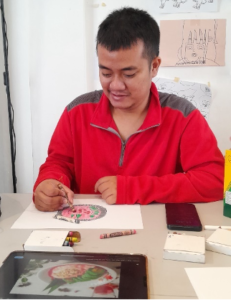 h merchandise they encounter at exhibitions or distribution channels. Therefore, merchandise is not just a supporting product but serves as an initial window opening opportunities for broader collaborations.
h merchandise they encounter at exhibitions or distribution channels. Therefore, merchandise is not just a supporting product but serves as an initial window opening opportunities for broader collaborations.
In building a wider network, Tab Space applies a strong collaborative approach. This collaboration pillar is evident in various cross-sector partnerships, ranging from exhibitions, talk shows, to joint projects with communities and brands. Every collaboration is conducted with a structured, open communication procedure and involves joint evaluation afterward.
From my direct conversations with the team, I saw their commitment to building a fair narrative. They do not want artists with disabilities to be seen as passive recipients of help, but as professional artists with strong and original visual identities.
Researching Tab Space has helped me understand that communication is not just about conveying messages but about building meaningful and holistic relationships. With a strong foundation in consistency, innovation, and collaboration, Tab Space creates an equitable art ecosystem, where every individual has a place to grow, create, and and be valued as they deserve.
This experience has not only enriched my research but also inspired a new perspective on how organizations can grow through empathy, inclusivity, and humanity.


